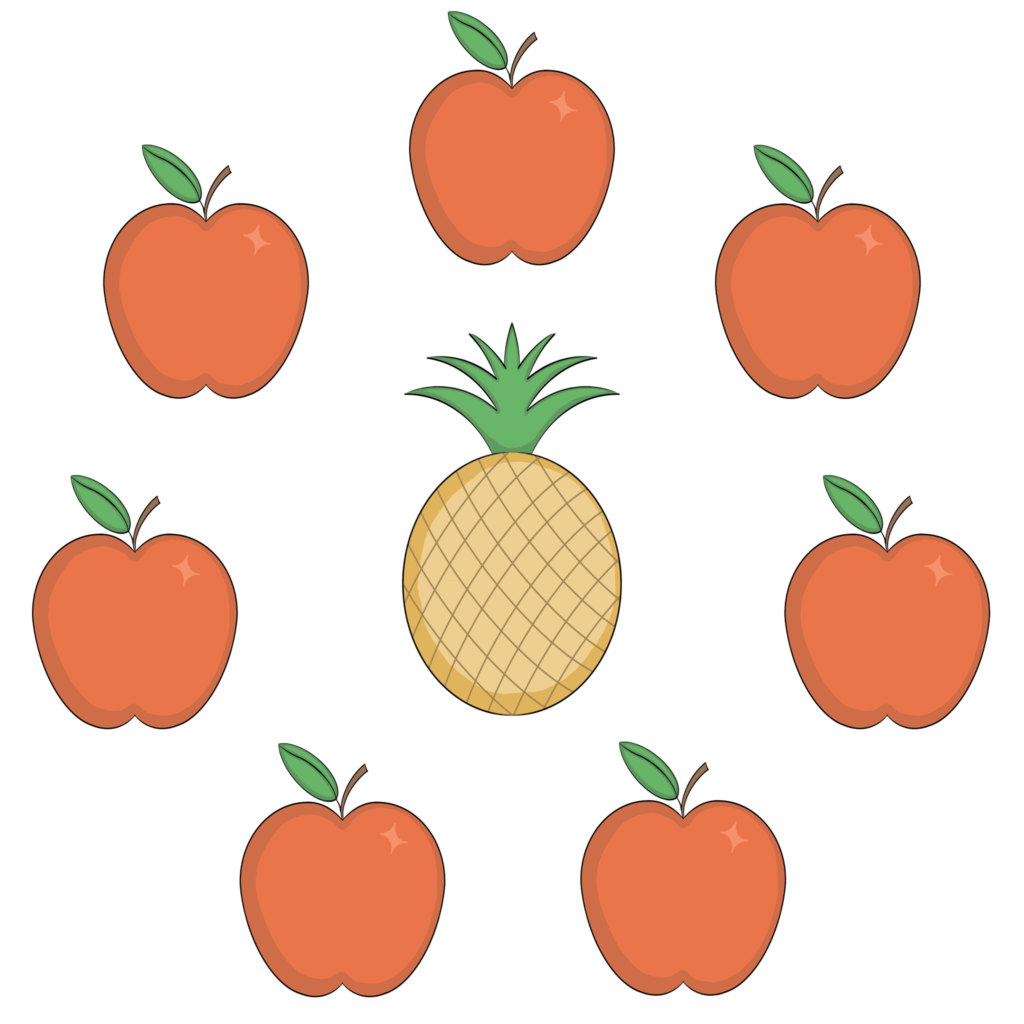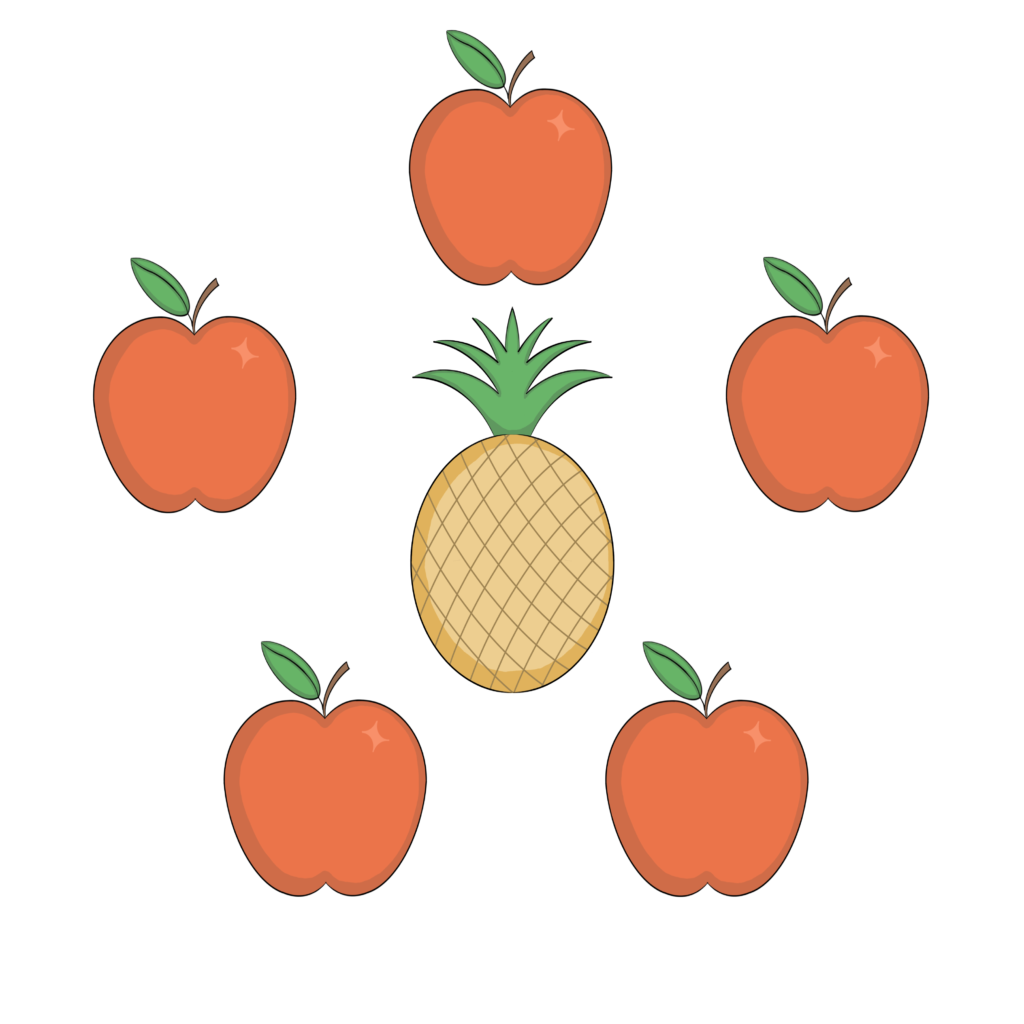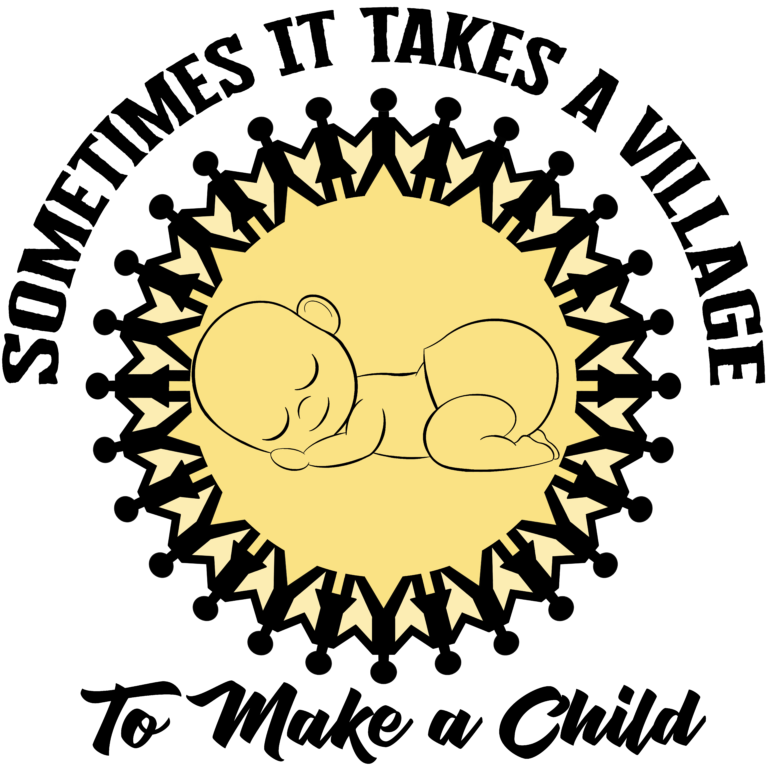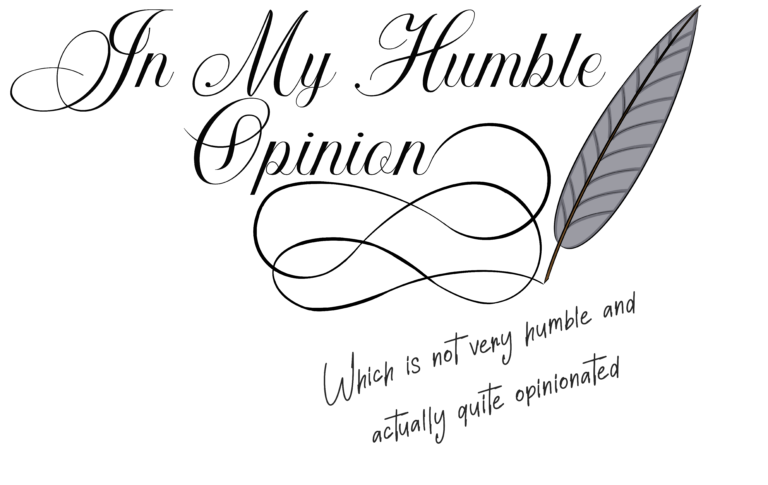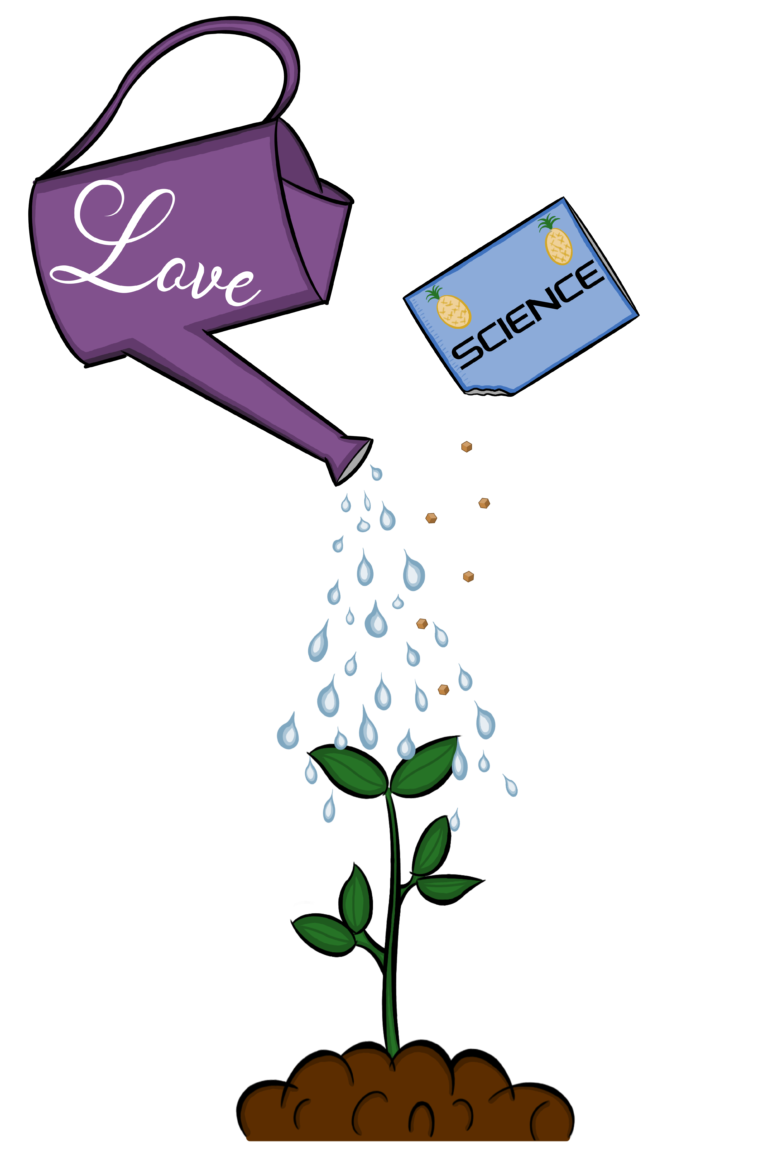You might be asking yourself: what does fruit have to do with infertility awareness? On the other hand, you might be pretty stoked by the pineapple.
So, I’ll start by explaining the pineapple so that we can all be on the same page.
Pineapples in the Infertility Community
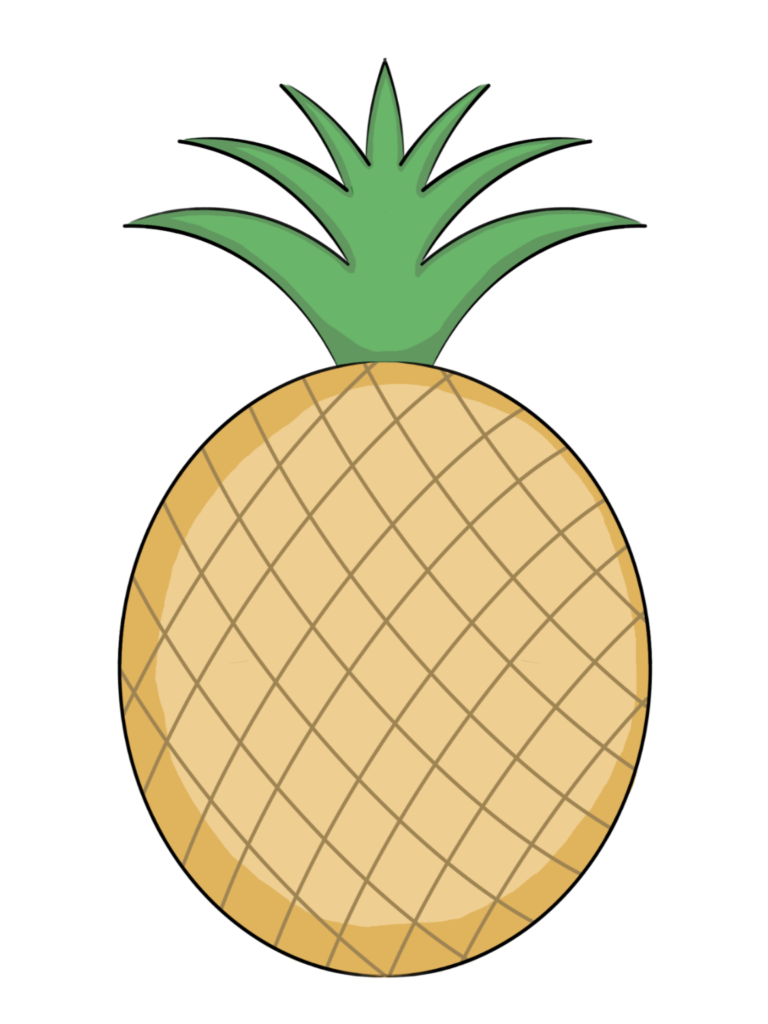
Kristen Bergerson over at Undefining Motherhood has written an in depth piece on the pineapple as a symbol and as an intervention to increase the likelihood of implantation. In terms of symbolism, Kristen points to a statement that I have heard many times in the infertility world: Be like a pineapple, stand tall, wear a crown, be hard on the outside and sweet on the inside.
I have interpreted it as the toll infertility treatments take on us mentally, physically, and emotionally that leave us hard and prickly, but inside we remain soft and sweet. Another way of looking at it is that infertility strips us of our naivete surrounding conception, pregnancy, and loss…Struggles we must often face in silence and secrecy due to the taboo nature of infertility… So we develop the hard exterior to protect the sweet hope within, and stand tall and put on our crowns to hide the pain.
In Kristen’s article she offers a third explanation. She says the pineapple is a symbol of strength and hope when we are at our lows on this journey. When we are feeling sore and weak the pineapple stands tall, the sweet interior is the hope of a healthy baby and the exterior is the hard journey through treatments and changing plans and compromises that we have to break through to get there.
No matter the exact reasoning of the pineapple, this symbol does serve to raise infertility awareness. Much like a cross, or a pride flag, or a maple leaf, can help Christian, LGBTQ+, and Canadian individuals respectively to identify others who are safe and who “get it”, Seeing others sporting the pineapple can help infertiles to identify safe people to talk to about the struggles of infertility because they get it.
Infertility Awareness and the Stats
Statements like I am 1 in 8 or I am 1 in 6 can be empowering for infertiles. They can help us to feel less alone and help us to feel like our struggle can and should be seen. But what do these statistics actually mean?
Worldwide infertility numbers are hard to find, because it is not always measured in the same ways. In my research, much of what I found discussed fertility rates, this is not necessarily the opposite side of the coin from infertility. Fertility rates measure how many live births occurred. Infertility rates measure the people who are struggling to have children and are seeking medical intervention, diagnosis and treatment.
Based on my research, in the United States and Europe, 1 in 8 couples trying to conceive experience infertility and in Australia and New Zealand and in Canada, the statistic is 1 in 6. Think about that, for every eight parents you know, at least one of them has or is currently struggling with infertility. And how many of the child-free adults that you know are child-free because they have never wanted to be parents, and how many are child-free because that is the outcome of their infertility journey?
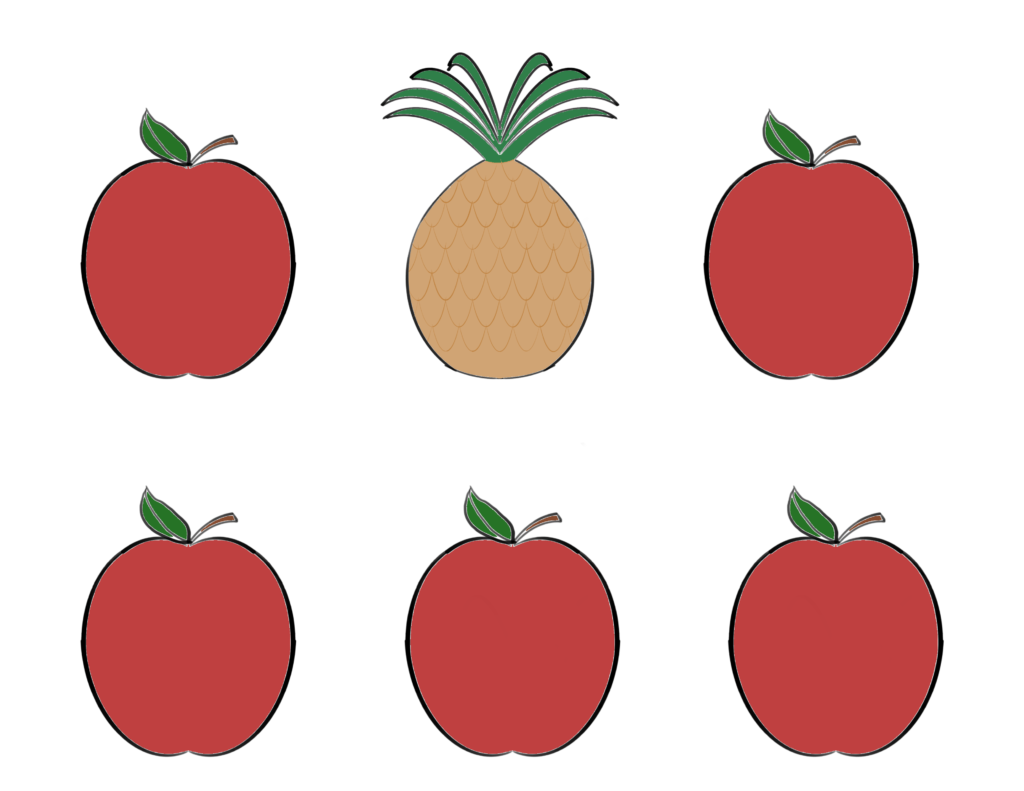
The Design Process
This design was one of the first that I started working on when I got the idea to use ThreadHunters as a fundraiser opportunity for infertility treatments. If you haven’t already done so, you can read my husband’s and my story here and our affiliate program here.
I quickly knocked out a decent looking apple and then found out that I had no idea how to draw a pineapple! I showed my first attempt to my husband and my sisters for feedback. I also used a Google image search to find out what pineapples are supposed to look like.
Once I had the general shape of the fruit locked in, I played around with how to orient them and how colourful to make them. I can’t remember if it was my hubby or one of my sisters that suggested placing the pineapple in the middle of a circle of apples, but as soon as I tried it, it just looked and felt right.
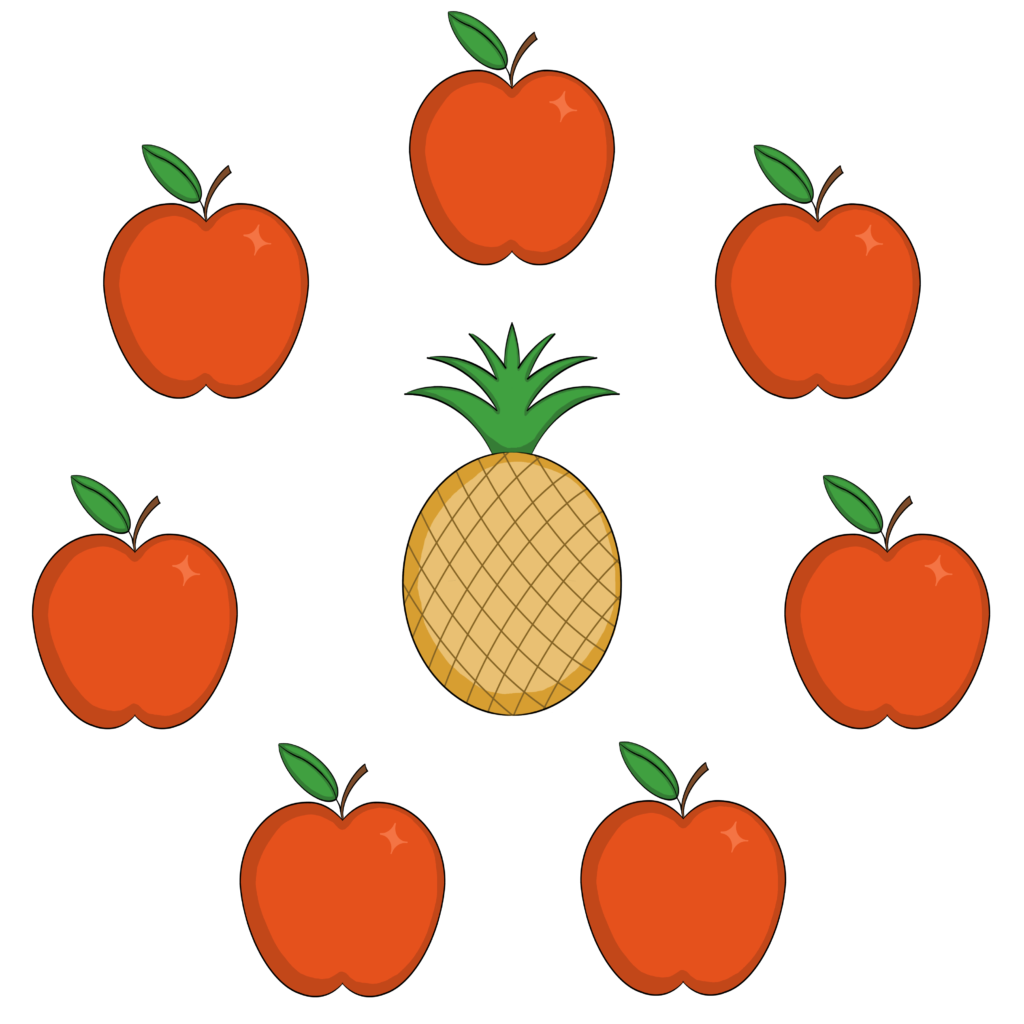
I also played around with how saturated to make the colours. In the beginning I had them very bright, and my sister offered some constructive feedback saying that the bright primary colours seemed a bit child-like and she could more easily see herself wearing a more toned down version. So I decreased the saturation by about 25% and I found that I actually liked it more as well.
Do you prefer the bright primary colours or the more de-saturated colours of the final piece? Please let me know either way by commenting on this post. If there ends up being demand for it, I’ll make the more vibrant colours available as well.
Infertility Awareness Products 1 in 8
Check out these items with our infertility awareness 1 in 8 design
1 in 8 Infertility Awareness Short-Sleeve Unisex T-Shirt
1 in 8 Infertility Awareness Women’s Short Sleeve T-Shirt
1 in 8 Infertility Awareness Unisex Hoodie
1 in 8 Infertility Awareness Skater Dress
1 in 8 Infertility Awareness Stainless Steel Water Bottle
1 in 8 Infertility Awareness Patterned Stainless Steel Water Bottle
1 in 8 Infertility Awareness White Glossy Mug
1 in 8 Infertility Awareness Drawstring Bag
1 in 8 Infertility Awareness Bubble-free Sticker – Yellow, Pink, Blue
Infertility Awareness Products 1 in 6
Check out these items with our infertility awareness 1 in 6 design
1 in 6 Infertility Awareness Short-Sleeve Unisex T-Shirt
1 in 6 Infertility Awareness Women’s Short Sleeve T-Shirt
1 in 6 Infertility Awareness Unisex Hoodie
1 in 6 Infertility Awareness All Over Print Skater Dress
1 in 6 Infertility Awareness Stainless Steel Water Bottle
1 in 6 Infertility Awareness Patterned Stainless Steel Water Bottle
1 in 6 Infertility Awareness White Glossy Mug
1 in 6 Infertility Awareness Drawstring Bag
1 in 6 Infertility Awareness Bubble-free Sticker – Yellow, Pink, Blue

